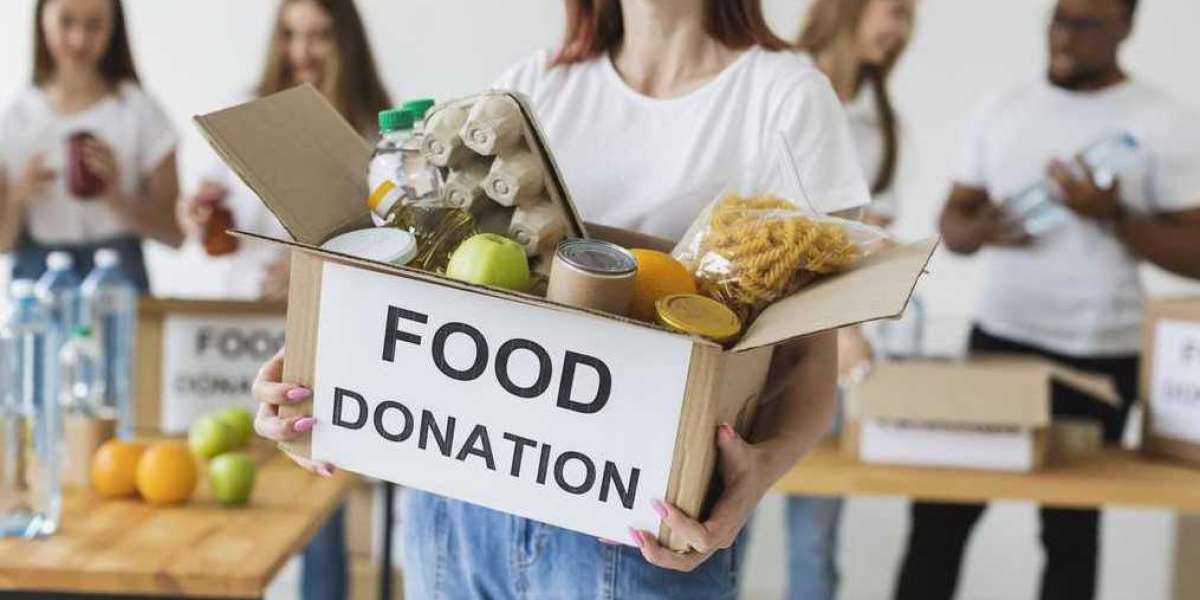Donating food to Gaza is a deeply impactful way to support communities facing ongoing challenges due to conflict, economic hardship, and limited access to resources. However, ensuring that your donations are effective requires thoughtful planning and an understanding of the unique needs and logistical constraints of the region. By following these six tips, you can maximize the impact of your food donations and make a meaningful difference in the lives of those who need it most.
- Understand the Local Needs
Before making a food donation, it’s essential to research the specific needs of the people in Gaza. The food items required often depend on the cultural, dietary, and religious preferences of the community. Staples such as rice, lentils, canned beans, and cooking oil are typically in high demand. These items are versatile and can form the basis of nutritious meals. Avoid donating foods that may not be familiar or practical for preparation in the region.
Additionally, consider consulting with local charities or aid organizations actively working in Gaza. They have first-hand knowledge of current needs and can guide you on what to donate.
- Partner with Reputable Organizations
Logistics and distribution in Gaza can be challenging due to restrictions and limited access. To ensure your donations reach the intended recipients, it’s crucial to work with reputable organizations that have established operations in the region. Look for charities with a proven track record of delivering food aid to Gaza, such as international relief organizations or local humanitarian groups.
These organizations not only have the infrastructure to manage large-scale donations but also understand the local distribution networks and regulations, ensuring that your contributions are effectively utilized.
- Focus on Non-Perishable Items
Non-perishable food items are ideal for donations to Gaza due to their long shelf life and resilience during transportation. Canned goods, dried fruits, powdered milk, and packaged grains are excellent options. These items can withstand the long journey and storage times often associated with international aid shipments.
Avoid perishable foods such as fresh fruits, vegetables, or dairy products unless you are working directly with a local organization that has the capacity for cold storage and timely distribution.
- Consider Nutritional Value
While providing any food is helpful, prioritizing items with high nutritional value is critical to addressing food insecurity. Many families in Gaza lack access to balanced diets, so donations of protein-rich foods like canned fish, beans, and lentils can make a significant difference. Fortified foods and those rich in vitamins and minerals are also excellent choices, as they help combat malnutrition.
It’s equally important to avoid donating items that are high in sugar, salt, or artificial additives. While these may be convenient or affordable, they do not contribute to long-term health and wellness.
- Package and Label Donations Properly
Proper packaging is essential to ensure that your donations remain safe and usable. Use durable, sealed containers to protect items from damage or contamination during transit. If possible, label the packages with clear descriptions of their contents, including the type of food and expiration date. This makes it easier for aid workers to sort and distribute the donations efficiently.
In some cases, labels in Arabic can be particularly helpful, as they ensure that recipients can easily understand the contents and any preparation instructions.
- Support Local Food Suppliers
Another effective way to provide food donations to Gaza is by purchasing supplies from local or regional vendors. This approach has two key benefits: it reduces transportation costs and supports the local economy. Many aid organizations now encourage cash donations instead of physical goods, as they can use the funds to buy food locally, ensuring that the aid is both timely and culturally appropriate.
If you choose this option, make sure to work with a trusted organization that has established partnerships with reliable suppliers in the region.
Conclusion
Making effective food donations to Gaza requires more than generosity—it requires careful planning and collaboration. By understanding the local needs, working with reputable organizations, prioritizing non-perishable and nutritious items, and considering local sourcing, you can ensure that your contributions have a lasting impact. In a region where every meal counts, these thoughtful actions can bring relief and hope to countless families in need. Your efforts not only provide sustenance but also serve as a powerful gesture of solidarity and compassion.








